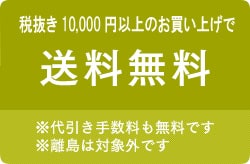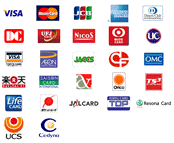There are two types of traders who trade commodity futures. The first are commodity buyers and producers who use commodity futures for the hedging purposes for which they were originally intended. These traders deliver or accept delivery of the actual merchandise at the expiration of the futures contract. For example, the wheat farmer who grows a crop can guard against the risk of losing money if the price of wheat drops before harvest. The farmer can sell wheat futures contracts when the crop is sown and guarantee a predetermined price for the wheat at harvest time. One way to invest in commodities is a futures contract. A futures contract is a legal agreement to buy or sell a particular commodity asset at a predetermined price at a specific time in the future. The buyer of a futures contract assumes the obligation to purchase and receive the underlying goods upon expiry of the futures contract. The seller of the futures contract assumes the obligation to supply and deliver the underlying goods on the date of expiry of the contract. Futures contracts are available for each product category. As a rule, there are two types of investors who participate in commodity futures markets: commercial or institutional users of commodities and speculative investors. In the broadest sense, it is the basic principles of supply and demand that drive commodity markets. Changes in supply affect demand; a low supply means higher prices.
Therefore, major disruptions in the supply of a product, such as . B a generalized health problem affecting livestock, can lead to a generally stable and predictable increase in demand for livestock. If a company overestines a commodity, this can lead to losses due to the settlement of the contract. The best-known commodity exchange in Europe is the Intercontinental Exchange (ICE). Similar to CME and NYMEX, ICE is an electronic commodity exchange without a physical trading floor. In a highly competitive environment, electronic exchanges are becoming more common. The only physical commodity trading exchange in Europe is the London Metal Exchange (LME). The LME is the global hub for industrial metals trading – more than three-quarters of all non-ferrous metal futures are traded there.
There is a wide range of raw materials, including oil, gas, coffee, soybeans and rice. These commodities are traded on commodity exchanges around the world such as the Chicago Mercantile Exchange (CME), the London Metals Exchange and the Intercontinental Exchange (ICE). Investing in commodities offers investors the opportunity to diversify their portfolios, especially in times of market volatility. For commodities, the S&P GSCI Total Return Index is considered a broad commodity index and a good benchmark. It holds all futures contracts for commodities such as oil, wheat, corn, aluminum, live cattle and gold. The S&P GSCI is a production-weighted index based on the importance of each commodity in the global economy or commodities produced in larger quantities, so it is a better measure of their market value, similar to market capitalization-weighted indices for stocks. The index is considered more representative of the commodity market than similar indices. Futures contracts are designed for large companies in the respective commodities industry. A gold contract could require the purchase of 100 troy ounces of gold, which could be a commitment of $150,000, which represents more exposure than the average investor would want in their portfolios. Raw materials can be invested in various ways. An investor can buy shares of companies whose activities depend on commodity prices, or buy mutual funds, index funds or exchange-traded funds (ETFs) that focus on commodity-related companies. The most direct way to invest in commodities is to buy a futures contract.
A futures contract requires the holder to buy or sell goods at a predetermined price on a delivery date in the future. Commodity exchanges are the central place where goods are exchanged. Commodity markets began selling agricultural products such as corn, livestock, wheat and pigs in the 19th century. Chicago was the main hub for this type of trade, because of its geographical location near the agricultural belt and because it was an important east-west transit point with rail access. Modern commodity markets trade many types of investment instruments and are often used by a variety of investors, from commodity producers to investment speculators. Many traders use commodity futures to speculate on future price movements. They do not usually exchange physical goods themselves. This is because buying barrels of crude oil or bushels of wheat is not convenient.
.













